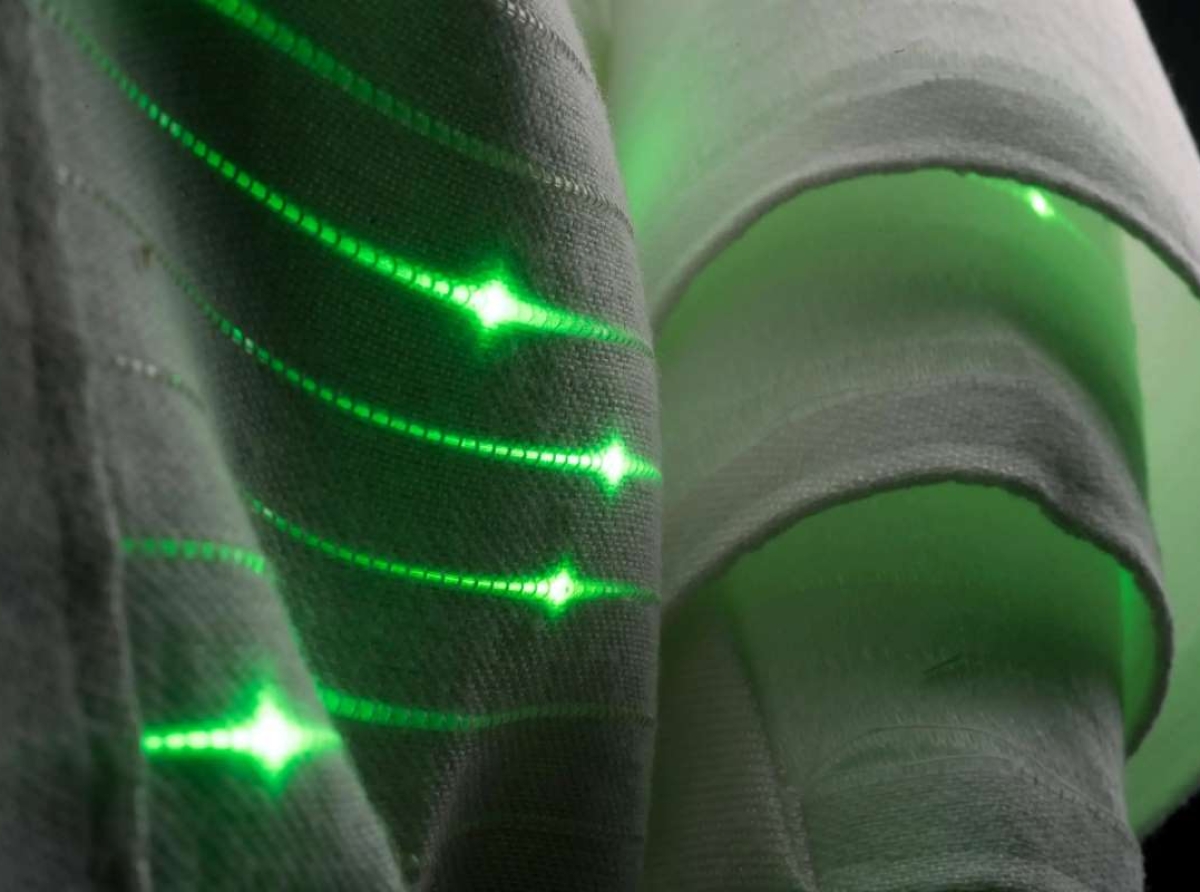Fibres of the Future: How Future Fibers are Transforming the Fashion Industry

08 November 2023, Mumbai
The world of textiles is undergoing a radical transformation as new and innovative fibers emerge to meet the needs of a growing population. These futuristic fibers offer solutions to the challenges of sustainability, functionality, and aesthetics that the fashion industry faces.
The Textile Revolution: Futuristic Fibers for a Sustainable Future
In this article, we will explore the cutting-edge developments and discoveries in fiber science that are revolutionizing the textile sector and examine how traditional materials are evolving to adapt to or compete with these new alternatives.
Cutting-Edge Fiber Science: A Paradigm Shift in Textiles
One of the most significant advancements in fiber technology is the development of bio-based fibers. These fibers are derived from renewable resources such as plant-based materials or agricultural waste, offering a sustainable alternative to traditional petroleum-based fibers.
Biobased fibers
Bio-based fibers are not only environmentally friendly, but they also possess unique properties that make them attractive for fashion applications. For instance, cellulose-based fibers like Tencel and Modal offer a soft, silky feel and excellent moisture-wicking properties, while hemp and flax fibers provide durability and breathability.
Bio-based Fibers: A Sustainable and Versatile Alternative
Another area of innovation is the development of nanofibers, which are fibers with diameters in the nanometer range. These ultra-fine fibers offer exceptional properties, including high strength, lightweight, and the ability to incorporate functional nanoparticles for enhanced performance.
Nanofibers
NARRATOR: Nanofibers have the potential to revolutionize a wide range of applications, including medical textiles, filtration systems, and protective clothing. In the fashion industry, nanofibers can be used to create lightweight, breathable fabrics with enhanced durability and stain resistance.
Nanofibers: Unveiling the Power of Ultra-Fine Fibers
Traditional fibers are also evolving to adapt to the changing demands of the fashion industry. Cotton, for instance, is undergoing a transformation through biotechnology, resulting in varieties with enhanced properties such as improved wrinkle resistance and moisture management.
Cotton fibers
Additionally, synthetic fibers are being modified to incorporate recycled materials, reducing their environmental impact and promoting circularity in the textile industry.
Evolving Traditions: Innovation in Conventional Fibers
The future of fibers is bright and promising. With continuous advancements in fiber science and technology, we can expect to see even more innovative materials that address the needs of sustainability, functionality, and aesthetics, shaping the future of the fashion industry.
A Future of Possibilities: Innovation Driving the Textile Landscape
Key insights :
1. Sustainable Fibers: Bio-based fibers offer a sustainable alternative to traditional petroleum-based fibers.
2. Functional Fibers: Nanofibers have exceptional properties, including high strength, lightweight, and the ability to incorporate functional nanoparticles for enhanced performance.
3. Evolving Traditions: Cotton is transforming biotechnology, resulting in varieties with enhanced properties such as improved wrinkle resistance and moisture management.
4. Circularity: Synthetic fibers are being modified to incorporate recycled materials, reducing their environmental impact and promoting circularity in the textile industry.
5. Innovation: The future of fibers is bright and promising, with continuous advancements in fiber science and technology that will shape the future of the fashion industry.
























